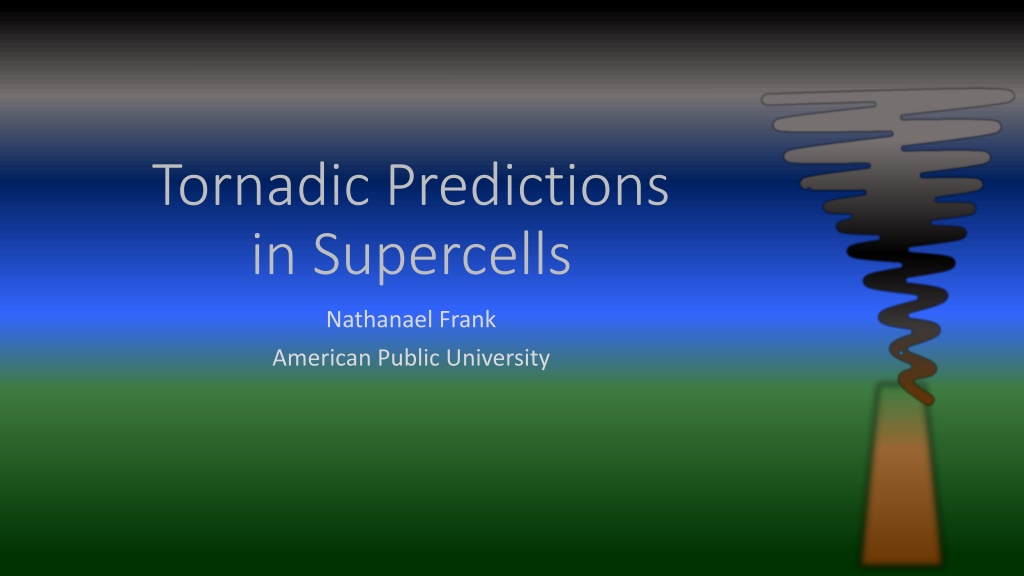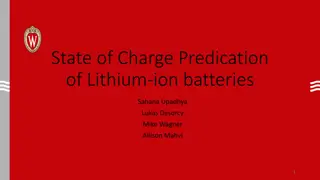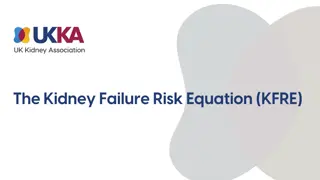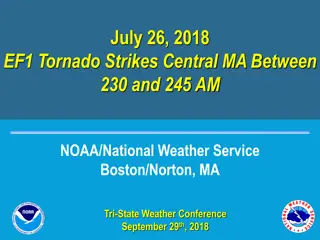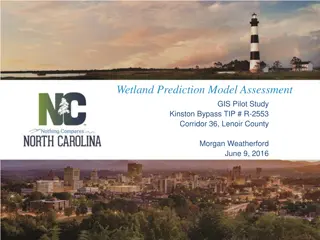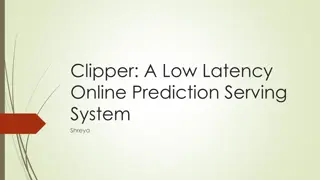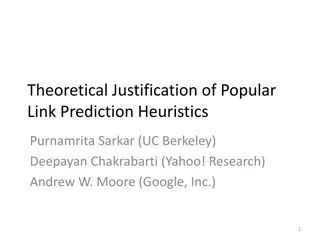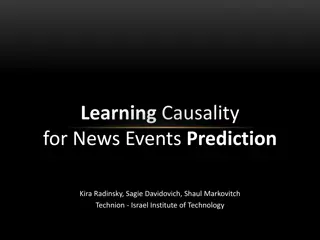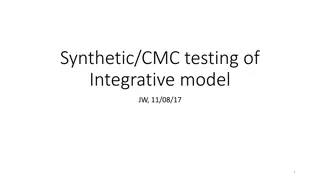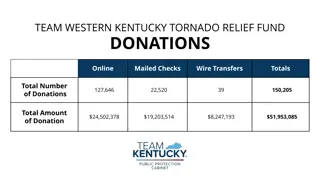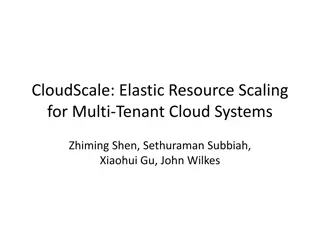Understanding Tornado Development and Prediction in Supercells
Tornados, including Supercell Tornados, are powerful rotating weather phenomena that can be predicted through various methods such as radar imagery and storm features. This article explores the development of tornados, focusing on how Supercell Tornados form from mesocyclones within supercell thunderstorms. It also delves into prediction techniques used by the National Weather Service and the importance of early warning systems in tornado-prone areas.
Download Presentation

Please find below an Image/Link to download the presentation.
The content on the website is provided AS IS for your information and personal use only. It may not be sold, licensed, or shared on other websites without obtaining consent from the author. Download presentation by click this link. If you encounter any issues during the download, it is possible that the publisher has removed the file from their server.
E N D
Presentation Transcript
Tornadic Predictions in Supercells Nathanael Frank American Public University
Objectives Describe a Tornado Discuss how Supercell Tornados Develop Examine how Tornados can be Predicted Apply Prediction Methods to Early Warning Systems
What is a Tornado Exactly? Destructive Funnel Cloud Intense Rotating Column Funnel Cloud Credit: National Oceanic and Atmospheric Administration
Tornado Development Tornados are typically part of Severe Weather Systems There Two Major Types: Supercell Tornados Non Supercell Tornados Credit: National Oceanic and Atmospheric Administration
Supercell Tornados Form out of Supercell Thunderstorms Develop from the internal Mesocyclone of a Thunderstorm Credit: Kelvinsong (Own work) [CC BY-SA 3.0 (http://creativecommons.org/licenses/by-sa/3.0)], via Wikimedia Commons https://commons.wikimedia.org/wiki/File:Supercell.svg
Predicting a Tornado Visibly: Supercell Thunderstorm Defined Anvil Shape Wall Clouds Inflow Bands Rear Flanked Downdraft From Radar Cyclone Signatures Hook echo showing rotation: Credit: National Oceanic and Atmospheric Administration National Severe Storms Laboratory
Warning Systems Weather Service Warnings: Severe Thunderstorm Warning Tornado Watch / Warning Local Siren Systems Only Present in areas heavily affected by tornados
Summary Tornados are: Strong, Violent, rotating updrafts There are two types of tornados Supercell and Non-Supercell Supercell Tornados develop from the internal mesocyclone of a supercell thunderstorm Supercell thunderstorms can be predicted by storm features from the ground and through radar imagery The National Weather Service uses these predication methods to determine the need for watched and warnings.
Conclusion You should now be able to: Describe a Tornado Discuss how Supercell Tornados Develop Examine how Tornados can be Predicted Apply Prediction Methods to Early Warning Systems
References Ahrens, C. D. (n.d.). Essentials of Meteorology. By Kelvinsong (Own work) [CC BY-SA 3.0 (http://creativecommons.org/licenses/by-sa/3.0)], v. W. (n.d.). Retrieved from https://commons.wikimedia.org/wiki/File:Supercell.svg Kelvinsong (Own work) [CC BY-SA 3.0 (http://creativecommons.org/licenses/by-sa/3.0)], v. W. (n.d.). Retrieved from https://commons.wikimedia.org/wiki/File:Supercell.svg Merriam-Webster. (n.d.). Retrieved from Merriam-Webster Dictionary: https://www.merriam- webster.com/dictionary/tornado National Oceanic and Atmospheric Administration. (n.d.). Retrieved from http://www.photolib.noaa.gov/nssl/nssl0209.htm National Oceanic and Atmospheric Administration. (n.d.). Retrieved from http://www.crh.noaa.gov/images/lmk/photo_album/thunderstorms/tor_image.jpg National Severe Storms Library. (n.d.). Severe Weather 101: Tornados. Retrieved from http://www.nssl.noaa.gov/education/svrwx101/tornadoes/ National Weather Service. (n.d.). Severe Weather Definitions. Retrieved from http://www.weather.gov/bgm/severedefinitions Zhang, B. B. (2011, May 15). What is a Gustnado? Retrieved from Accuweather : http://www.accuweather.com/en/weather-news/what-is-a-gustnado/49554
